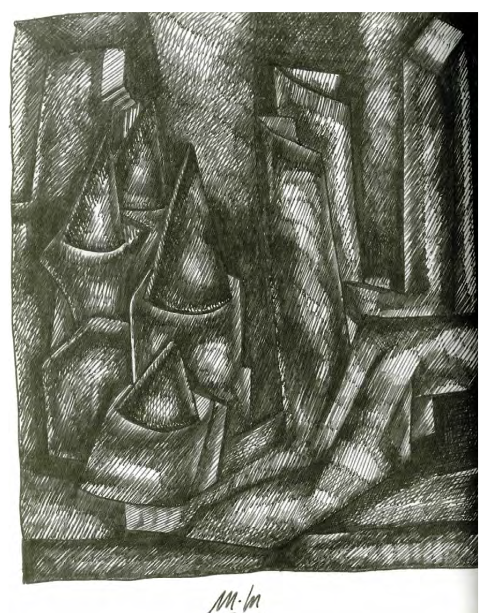Participation of the Caminos in the growth
from Mexico City until 1929
DOI:
https://doi.org/10.24275/KLVJ2458Keywords:
stake , roads , growthAbstract
The purpose of this work is to know the characteristics of the urban form of Mexico City in the first third of the 20th century. By 1929, the urban sprawl had taken on an irregular figure that shows the incidence of roads that linked new areas to the central city. Taking the existing cartographic information as a starting point, it is argued how the roads leading to and leaving the city, or rather some of those roads, participated at different times in the expansion of the city, and how others were built to support punctually real estate developments. For this purpose, the existing cartography of the city is reviewed in order to identify the roads since pre-Hispanic times, their permanence throughout the entire colony and the way in which they support the expansion of the city since the mid-nineteenth century, when The first colonies appear, until the beginning of the 20th century, when the city begins its great growth in a sustained manner.The work proposes a typology of "roads" that supports the opinion that these are a fundamental element to understand the expansion of the city and maintains that there are variants that do not alter the central idea.
Downloads
Published
How to Cite
Issue
Section
License
Copyright (c) 2018 ANUARIO DE ESPACIOS URBANOS, HISTORIA, CULTURA Y DISEÑO

This work is licensed under a Creative Commons Attribution-NonCommercial-ShareAlike 4.0 International License.









